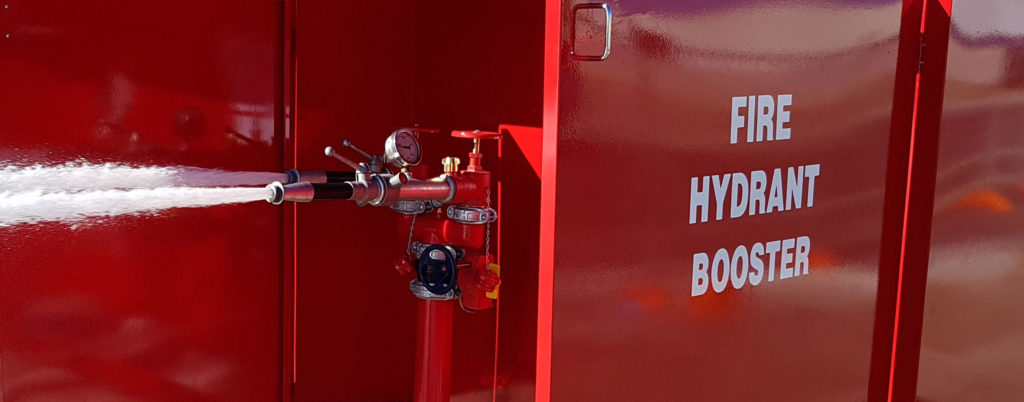Enhancing Australian Fire Defense with Fire Hydrant Equipments
In Australia, protecting lives and also buildings from the disastrous impact of fires is of utmost value. One important element of an effective fire security method is the installation of a reputable fire hydrant system. This article will look into the importance of fire hydrant systems, their vital parts, installment process, maintenance needs, and regularly asked questions. By understanding the advantages and also functionalities of fire hydrant systems, Australians can make sure enhanced fire safety across household, industrial, and also commercial setups.
Comprehending Fire Hydrant Solutions
What is a Fire Hydrant System?
A fire hydrant system is a network of pipelines, shutoffs, as well as installations developed to offer an easily available supply of water to fight fires. It consists of numerous parts purposefully placed throughout a building or facility, permitting firefighters to swiftly attach pipes and accessibility water in the event of hydrostatic testing a fire emergency situation.
Importance of Fire Hydrant Systems
Fire hydrant systems play a critical duty in fire defense by providing a reputable as well as instant water source to suppress fires. They assist in fast feedback times, making certain firemens can effectively snuff out fires as well as avoid additional damages. Fire hydrant systems are especially vital in locations with restricted accessibility to water resources, as they provide a committed supply for firefighting objectives.
Key Parts of a Fire Hydrant System
Fire Hydrants
Fire hydrants are the visible components of the system, consisting of an above-ground outlet attached to a below ground water source. They are typically geared up with valves that control the water circulation, allowing firefighters to manage the pressure as well as volume as needed.
Fire Hydrant Valves
Fire hydrant shutoffs work as essential control systems within the system. They are in charge of managing water circulation, turning off supply when essential, and preserving pressure levels. These valves are made to stand up to high pressure and also ensure trusted performance during firefighting operations.

Fire Hydrant Pipelines and Fittings
Fire hydrant systems are made up of a network of pipes and fittings that lug water from the primary water system to the hydrants. These pipes and also fittings have to be long lasting, corrosion-resistant, and also effectively sized to keep water stress and flow rates throughout the system.
Installment Refine of Fire Hydrant Systems

System Style and Preparation
The setup of a fire hydrant system begins with a comprehensive design as well as preparation stage. Qualified experts assess the structure or facility, thinking about elements such as occupancy kind, size, and fire risk category. They produce a detailed design that optimizes the placement of hydrants, pipelines, shutoffs, and installations, making certain appropriate insurance coverage for firefighting operations.
Hydraulic Computations and Supply Of Water
Precise hydraulic calculations are done to establish the required supply of water for the fire hydrant system. Elements such as the danger level, developing location, and also expected fire size are thought about to make certain sufficient water flow and pressure throughout the system. Water resources, such as dedicated tank or community water materials, are determined and also incorporated right into the system layout.
Installation and Testing
Experienced technicians set up the fire hydrant system according to the approved design. This entails laying pipelines, linking fittings, mounting hydrants, and also incorporating shutoffs. Once the installation is full, extensive testing is carried out to validate the capability and also performance of the system. This ensures that all parts are in appropriate working order and with the ability of supplying a prompt water throughout a fire emergency.
Maintenance as well https://boosterflowtesting.com.au/fire-booster-flow-testing/ as Inspection of Fire Hydrant Equipments
Regular Inspections
Routine inspections are essential to make sure the recurring integrity and performance of fire hydrant systems. Educated professionals conduct extensive inspections, looking for any type of signs of damages, leakages, or obstructions in the pipelines, valves, and also hydrants. They additionally validate that all elements are correctly identified, obtainable, and certified with relevant policies and also criteria.
Testing and also Upkeep Procedures
Scheduled testing as well as maintenance tasks are conducted to confirm the efficiency of fire hydrant systems. These treatments may include circulation testing, valve operation checks, as well as stress testing to recognize any prospective problems. Maintenance jobs include lubrication of shutoffs, replacement of worn-out parts, and the total upkeep of the system to guarantee it remains in ideal problem.
Verdict:
Fire hydrant systems play a critical role in Australian fire security techniques. By giving an easily offered supply of water, these systems allow swift as well as effective firefighting operations. Comprehending the vital parts, setup process, as well as maintenance demands of fire hydrant systems is necessary for ensuring their reliable performance. By purchasing these systems and also sticking to the essential maintenance methods, Australians can boost fire safety throughout different settings, securing lives and homes from the disastrous influence of fires.